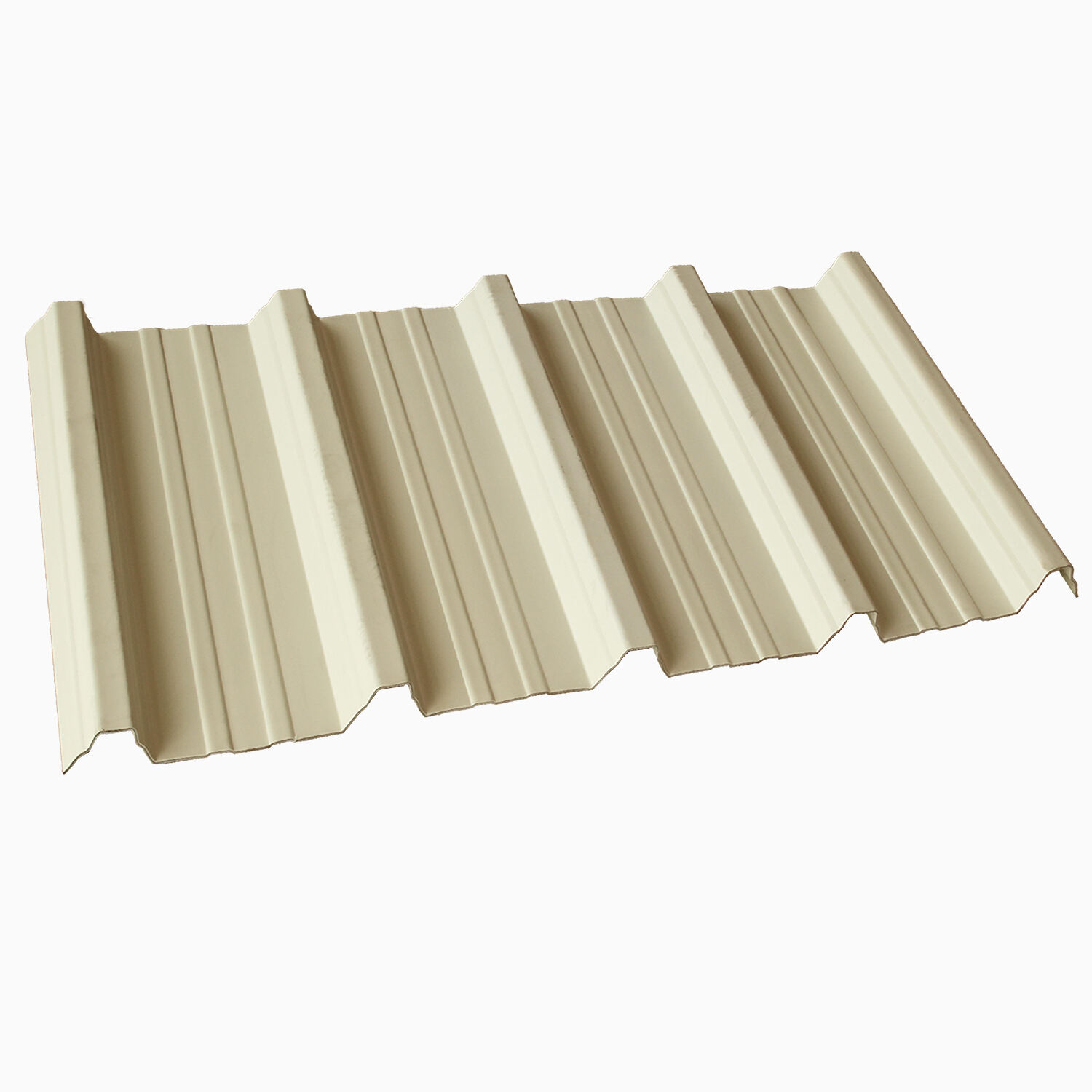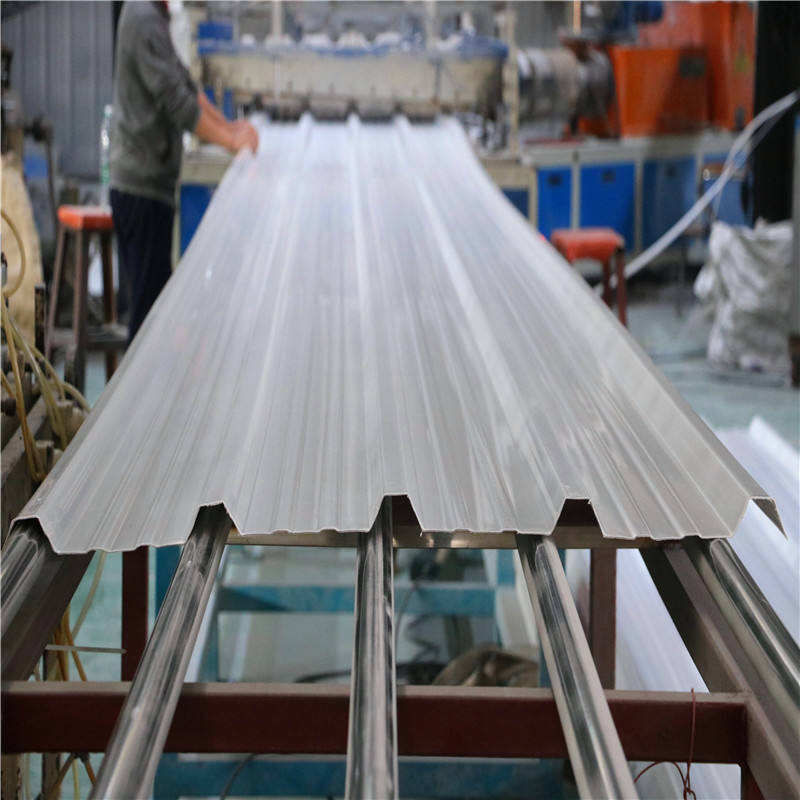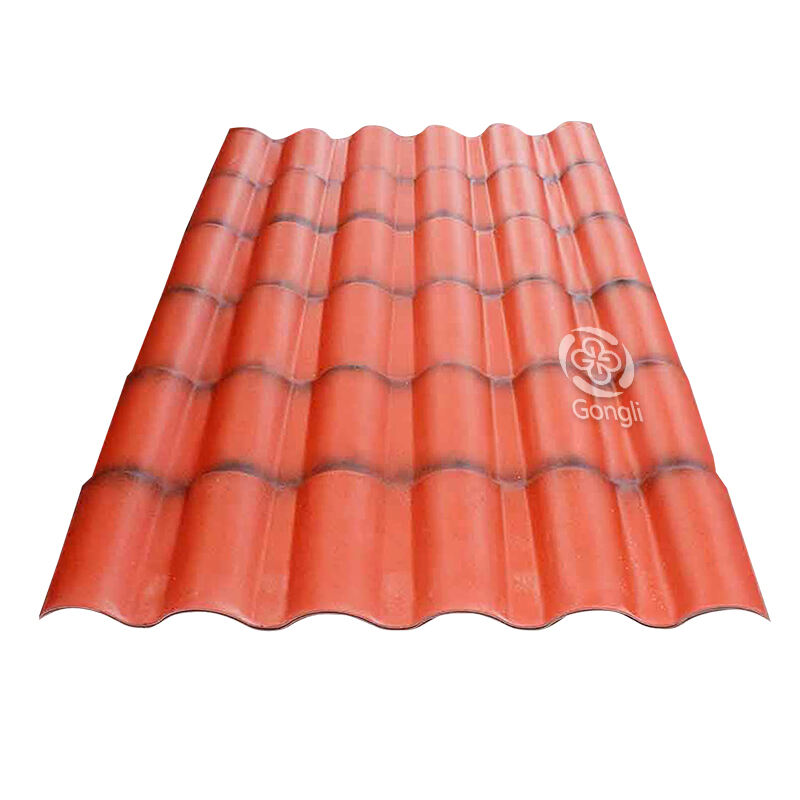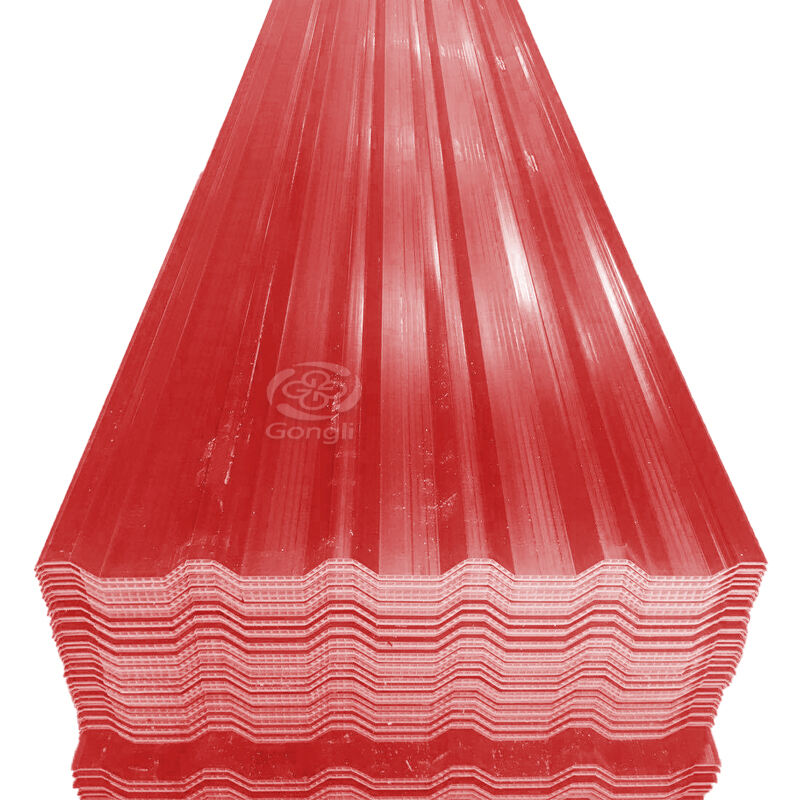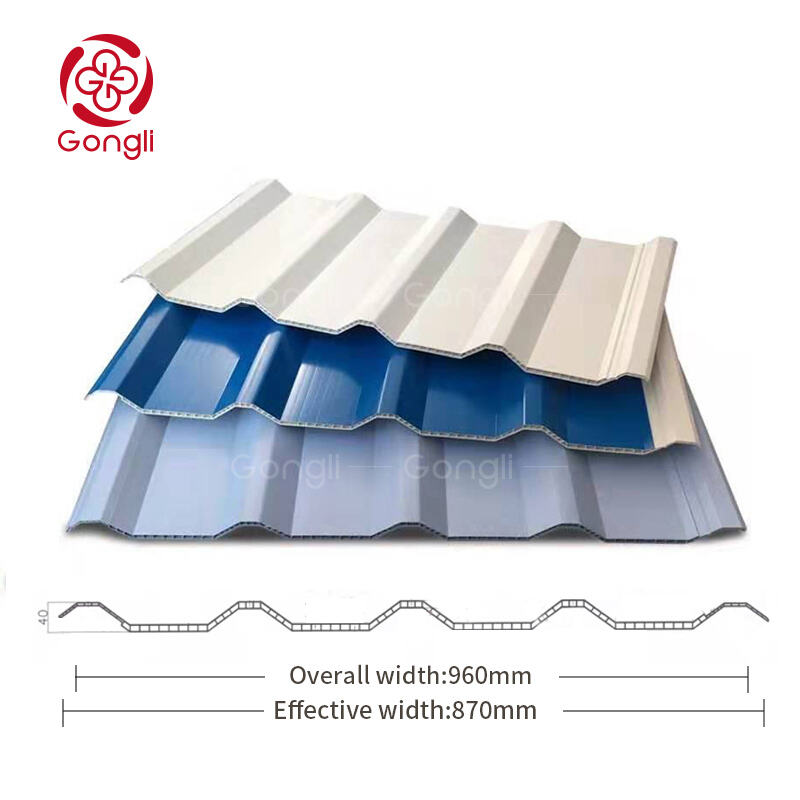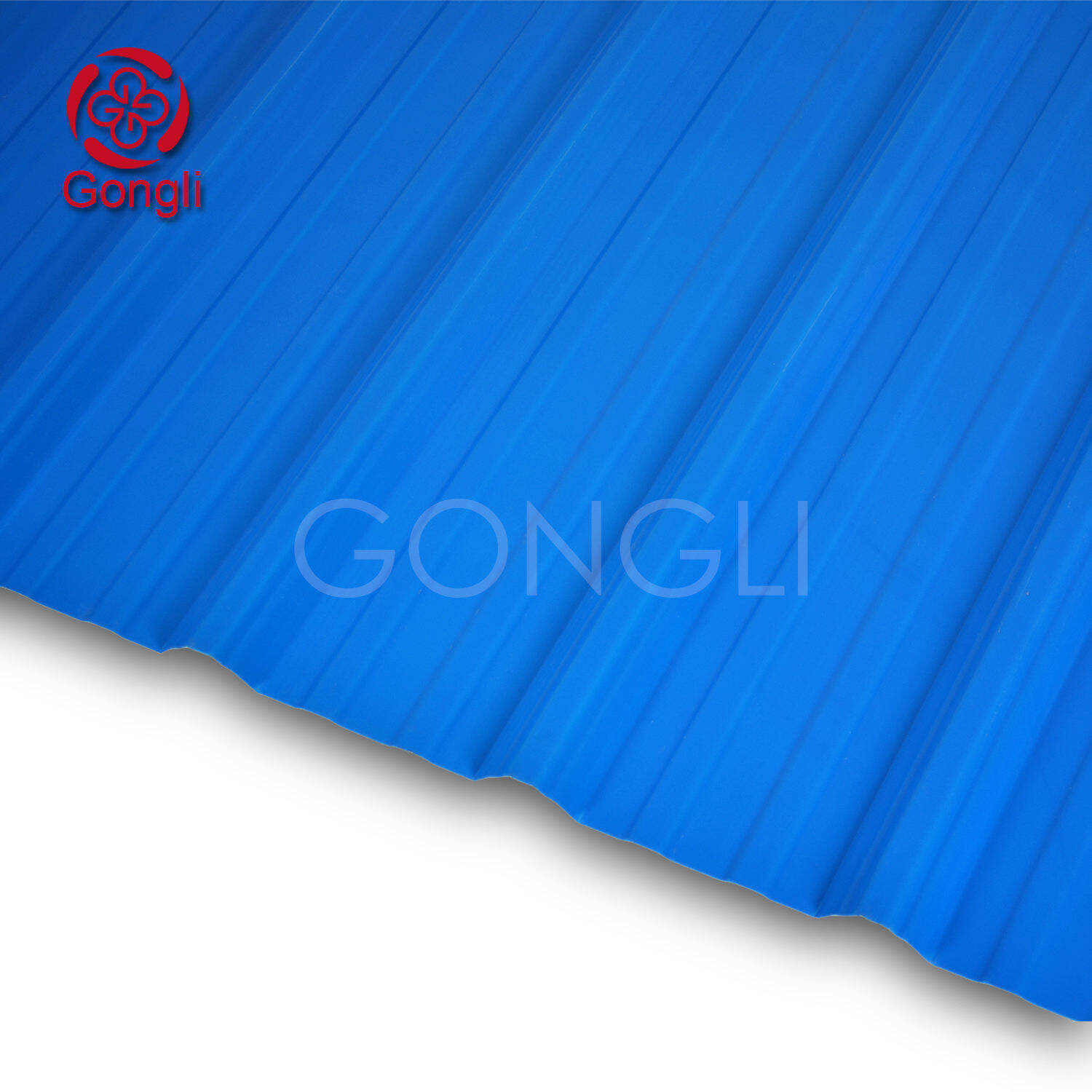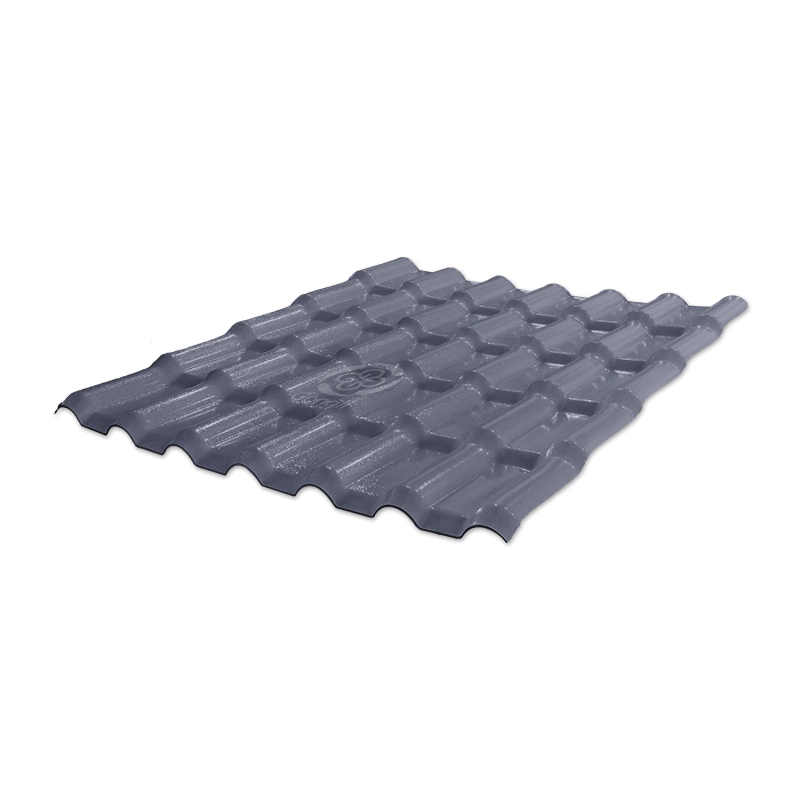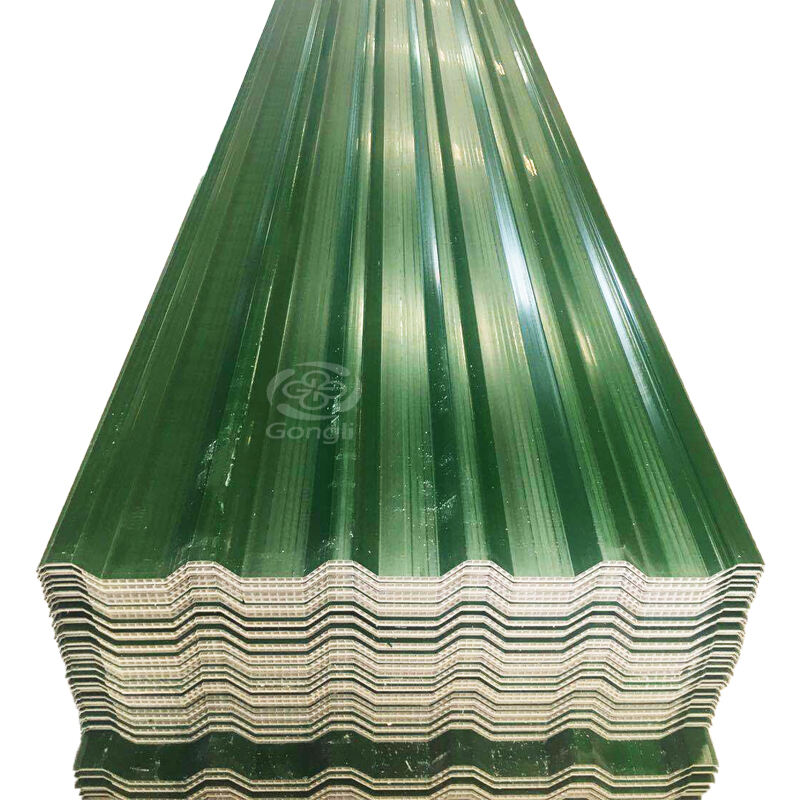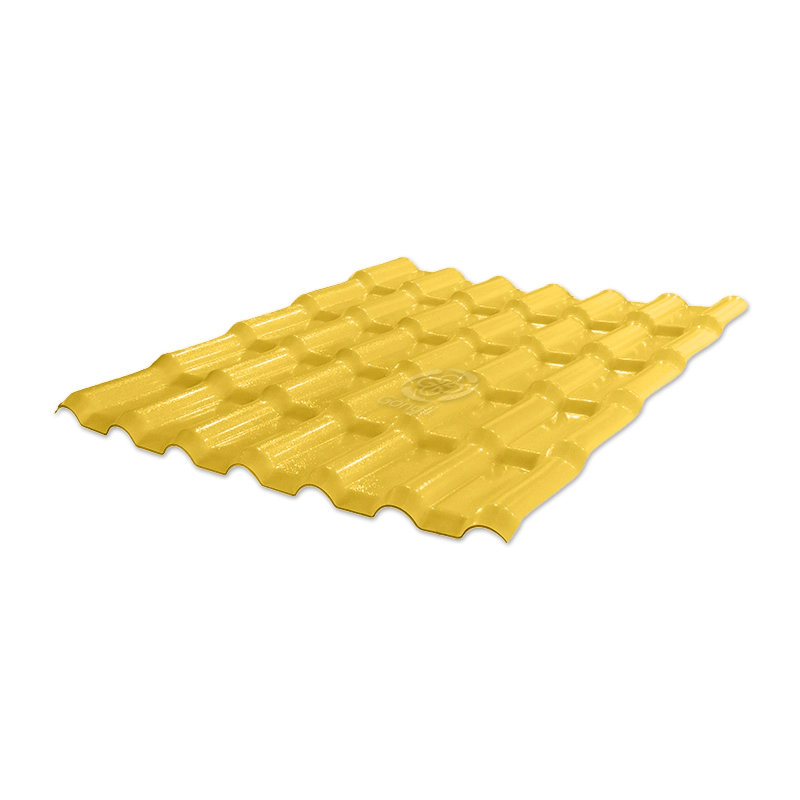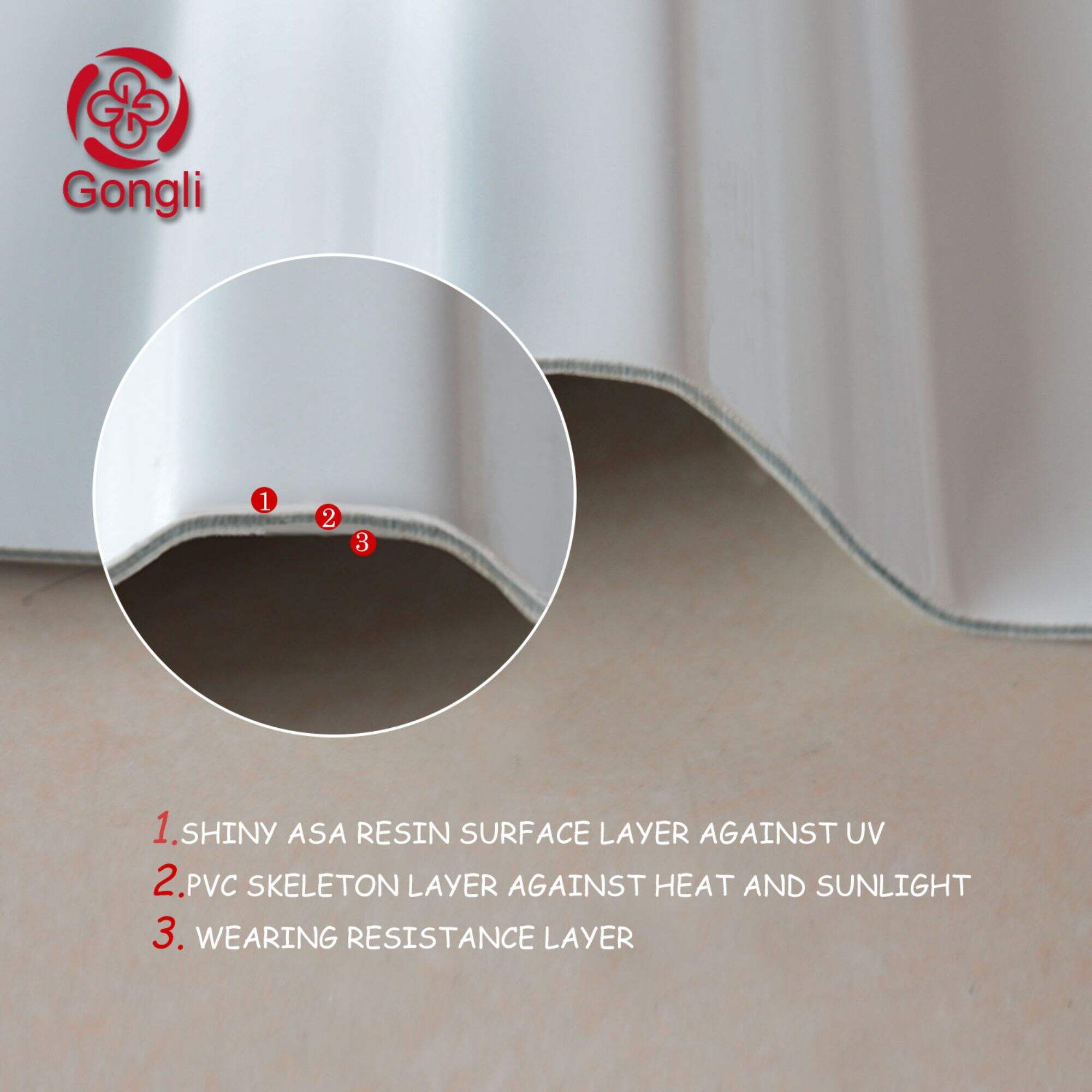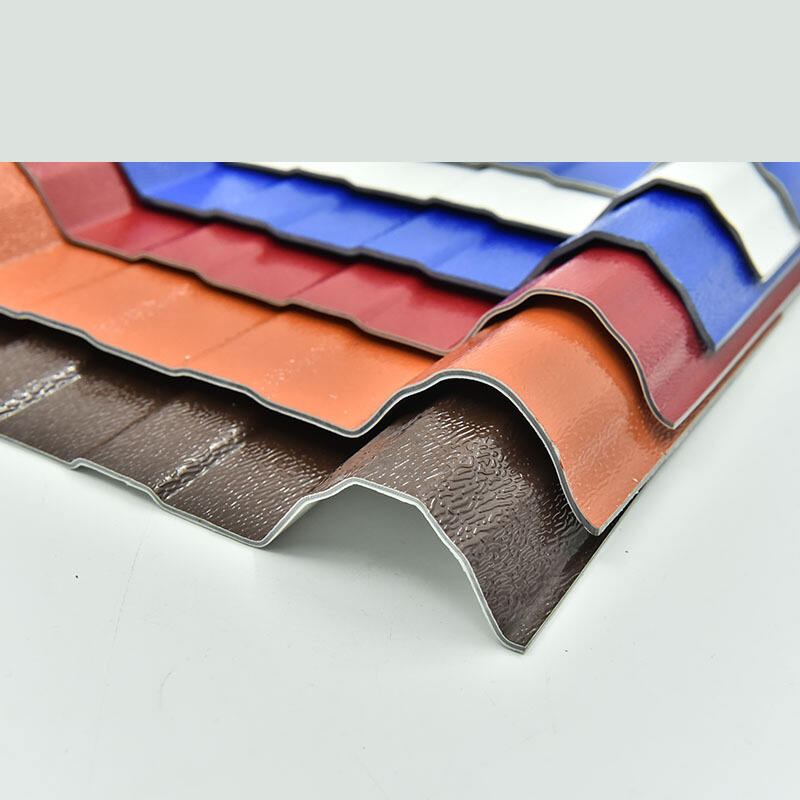Maintenance Reduction with FRP Translucent Roof Systems
How FRP Translucent Roof Systems Minimize Maintenance Needs
Corrosion Resistance for Long-Term Durability
Fiber Reinforced Plastic (FRP) materials bring exceptional corrosion resistance, significantly extending the life cycle of roofs compared to traditional materials. Unlike conventional roofing that succumbs to rust and decay, FRP's robust properties lead to fewer maintenance interventions. In fact, statistical data reveals that structures utilizing FRP components demand notably reduced maintenance actions over time. This is supported by case studies from diverse industries demonstrating substantial savings in overhead costs related to roof maintenance. The corrosion-resistant nature of FRP proves beneficial in harsh environments, making it a preferred choice for long-term durability and minimal upkeep.
UV-Resistant Properties to Prevent Degradation
FRP translucent roof systems are designed with UV-resistant additives to counteract degradation from sun exposure. While traditional materials often weaken under the impact of UV light, FRP roofs maintain their structural integrity, as evidenced by various performance studies. Research indicates conventional materials might lack efficacy against UV rays, leading to increased maintenance needs over time. In contrast, the longevity of FRP roofs not only meets but exceeds industry standards, ensuring an investment that sustains long-term roofing solutions. Their resilience in facing constant sunlight makes them ideal in maintaining their intended functionality for years.
Self-Cleaning Surfaces Reduce Upkeep
The unique self-cleaning properties of FRP surfaces minimize maintenance by reducing the necessity for frequent cleaning. This innovation utilizes technological advances that naturally repel dirt and debris, ensuring a clean and visually pleasing appearance with minimal effort. Studies confirm that FRP roofing's self-cleaning capabilities lower labor costs and time associated with upkeep. This approach significantly contributes to decreased dirt accumulation, showcasing an advanced solution in roofing maintenance—the self-cleaning trait proves strategic in reducing overall workload and enhances the efficiency of roofing systems for owners and maintenance crews alike.
FRP vs Traditional Roofing: A Maintenance Comparison
Asphalt Shingles: Frequent Repairs and Replacements
Asphalt shingles are a common roofing material, but their susceptibility to weather conditions often leads to frequent maintenance and repairs. Data indicates that homeowners invest over 20% of their roofing expenses in maintenance and repairs due to issues like warping and leaks. This frequent attention can be burdensome and costly over time. In contrast, Fiber-Reinforced Polymer (FRP) roofs stand out by providing a low-maintenance solution. Their inherent durability minimizes the need for constant care, offering homeowners a more reliable and cost-effective alternative.
Metal Roofing: Rust and Corrosion Challenges
While metal roofing is appreciated for its durability, it faces notable challenges with rust and corrosion, particularly in humid environments. Experts suggest that if preventative measures are not rigorously implemented, maintenance costs can become substantial. This concern arises due to the need for regular painting and coating to combat these issues. On the flip side, FRP roofs are cost-effective because they inherently resist rust and corrosion due to their composite nature. This makes FRP a long-term investment, especially in regions with high moisture levels, where they can provide peace of mind against rust-related challenges.
Concrete Tiles: Weight-Related Structural Stress
Concrete roofing tiles can present a significant weight burden to structures, potentially necessitating additional structural support. This additional burden complicates maintenance and increases the possibility of structural failure. The heavy nature of concrete can lead to issues like cracks and sagging, demanding frequent attention. However, FRP systems stand out as a lightweight, robust alternative that minimizes these structural stresses. Builders employing FRP technology can significantly reduce the risk of structural issues due to roofing weight. This promotes the longevity and stability of the roof, providing a secure and efficient roofing solution that outshines concrete in terms of ease and reliability.
Energy Efficiency and Environmental Benefits
Thermal Insulation Lowers HVAC Strain
FRP translucent roof systems are renowned for their exceptional thermal insulation capabilities, which greatly contribute to reducing the strain on HVAC systems. By minimizing the demand for heating and cooling, buildings with this roofing technology experience significant energy savings. In fact, studies indicate that such buildings can see HVAC cost reductions of up to 30%, underscoring the efficiency of FRP solutions. The superior insulation attributes of FRP also ensure a stable indoor environment, boosting comfort and productivity for building occupants.
Recyclability of Fiberglass Greenhouse Roofing Materials
Fiberglass greenhouse roofing materials, manufactured from FRP, present a compelling case for sustainable construction practices due to their high recyclability. Up to 90% of the materials used in FRP roofing can be recycled, significantly reducing landfill waste and promoting environmental conservation. This recyclability aligns with the increasing push in the industry towards sustainable practices, helping companies meet their ecological goals. By utilizing FRP, stakeholders contribute to a more sustainable future, echoing the global demand for environmentally sound solutions.
Reduced Carbon Footprint with Reinforced Carbon Fiber Components
Integrating reinforced carbon fiber components into FRP systems significantly cuts down the carbon footprint associated with their production. Compared to traditional roofing solutions like metal, sourcing materials for carbon fiber during manufacturing is far more efficient, producing up to 50% less CO2 emissions. This marked reduction not only aids in meeting stringent environmental targets but also supports modern business imperatives focused on sustainability. By adopting FRP, companies can effectively align themselves with eco-friendly practices, illustrating their commitment to a greener planet.
Versatile Applications for Low-Maintenance Solutions
Agricultural Use: Fiberglass Greenhouse Roofing Material
FRP components serve as an innovative solution in agriculture by providing lightweight and durable roofing for greenhouses. These roofs effectively enhance crop growth conditions, leading to improved agricultural productivity. Recent reports indicate that greenhouses fitted with fiberglass roofing show significant increases in crop yield due to the controlled environments they create. Additionally, the use of FRP in agriculture is advantageous for its longevity and reduced maintenance needs, which are crucial for sustainable farming practices.
Commercial Skylights and Atriums
FRP roofing is becoming an increasingly popular choice for commercial skylights and atriums due to its ability to provide ample natural light while requiring minimal maintenance. Studies have demonstrated that businesses utilizing FRP for skylights report substantial energy savings, as they rely less on artificial lighting. The aesthetic appeal and functionality of FRP installations also contribute to increased property value in commercial settings, making it a wise investment for building owners seeking to maximize returns.
Industrial Sheds with Reinforced Carbon Fiber Roof Sheets
For industrial settings, reinforced carbon fiber roof sheets present a long-lasting and low-maintenance roofing option. Statistical analyses reveal that employing FRP in industrial applications can reduce material turnover by up to 40%, underscoring its efficiency and durability. Moreover, the resilience of FRP roofs against environmental factors makes them an excellent choice for industrial purposes, ensuring protection and functionality even in challenging conditions.
- When discussing these versatile applications, it’s essential to consider factors such as implementation and ongoing maintenance costs, long-term benefits, and potential energy savings. Whether in agriculture, commercial spaces, or industrial environments, FRP roofing offers compelling advantages that align with modern demands for sustainable and efficient solutions.
Cost Savings Over the Lifespan of FRP Systems
Lower Labor Costs from Easy Installation
The straightforward installation process of FRP systems significantly lowers labor costs, offering a quick turnaround for projects. Because of the simplified procedures, labor costs can be 30-40% lower compared to traditional systems. This reduction is substantial, as it allows businesses to reallocate the saved funds towards other critical projects or investments. By adopting FRP roofing, companies can not only minimize initial outlays but also expedite project timelines, thereby enhancing overall operational efficiency.
Reduced Replacement Frequency
FRP's extended lifespan is a game changer when it comes to reducing replacement frequency, which in turn lowers overall lifecycle costs. Statistical data from industry surveys show that FRP roofs typically require replacement only every 30 years, unlike traditional roofs which may need replacement every 15 years. This longevity results in significant savings not only in terms of materials but also regarding the labor associated with frequent replacements. The ripple effect of this reduction in replacement frequency is felt across various budget lines, enhancing financial efficiency.
Warranty Advantages for Long-Term Budgeting
Many FRP systems come with extensive warranties that provide businesses with financial predictability and peace of mind. These warranties often stretch over 20+ years, substantially extending the timeframe before additional expenses become necessary. Such generous warranty periods allow enterprises to plan their budgets with greater accuracy, focusing on stability and long-term financial forecasting. For businesses striving for consistency in their budget planning, the warranty advantages of FRP systems are particularly appealing, ensuring that surprise expenses do not disrupt financial strategies.
Recommended Products
Hot News
-
How to choose the right roof tile
2024-01-24
-
PVC Plastic Tiles: The Ideal Roofing Material
2024-01-24
-
The Essentials of Synthetic Resin Tile Manufacturing
2024-01-24

 EN
EN
 AR
AR
 BG
BG
 HR
HR
 CS
CS
 DA
DA
 NL
NL
 FI
FI
 FR
FR
 DE
DE
 EL
EL
 HI
HI
 IT
IT
 JA
JA
 KO
KO
 NO
NO
 PL
PL
 PT
PT
 RO
RO
 RU
RU
 ES
ES
 TL
TL
 IW
IW
 ID
ID
 LT
LT
 VI
VI
 TH
TH
 TR
TR
 AF
AF
 MS
MS
 KM
KM
 LO
LO
 MY
MY

